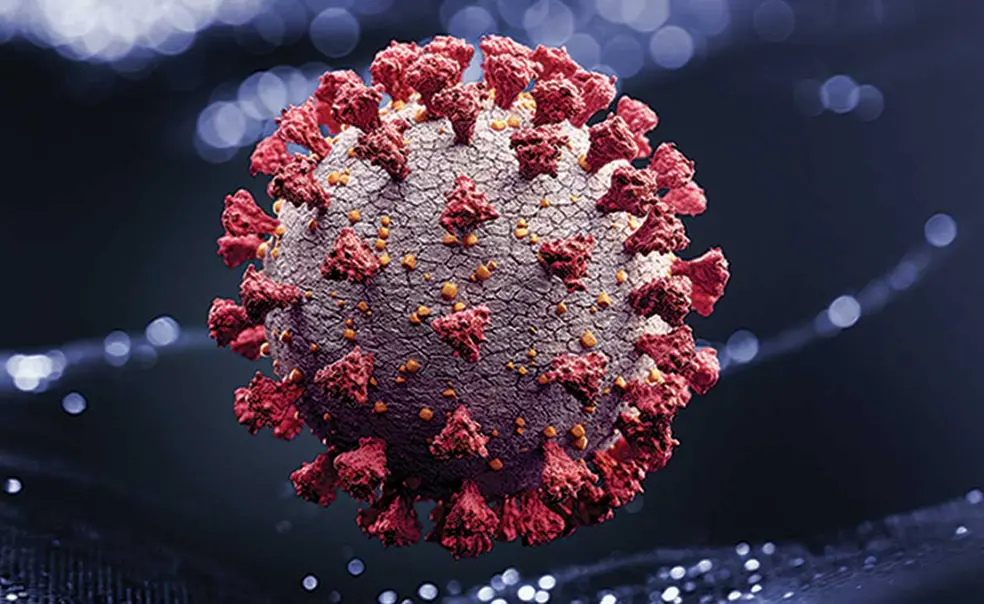Research Snapshot: Three COVID-19 Studies by Princeton Researchers
Princeton researchers are engaged in a wide variety of projects related to COVID-19, working to understand the virus as well as how it spreads. Among the studies underway are these three, which could help contain the spread of the illness.
The largest study of COVID-19 transmission using contact tracing was published Sept. 30 in the journal Science, providing evidence of so-called virus superspreaders and more significant transmission through children than was previously known. A team led by Princeton’s High Meadows Environmental Institute’s Ramanan Laxminarayan tracked the contacts of about 85,000 COVID-positive people in two southern Indian states, Tamil Nadu and Andhra Pradesh. After tracking 575,071 of their contacts, the researchers found that 71 percent of those infected did not transmit the disease, while 8 percent of those infected caused 60 percent of new infections. The study’s scope helped to reveal that children and young adults made up a larger-than-expected one-third of the cases. “We found that children transmit to adults but that likelihood is lower than transmission to their own age groups,” says Laxminarayan. “There have been much smaller studies, but they were not large enough to indicate whom the children were transmitting to.”
Two longtime Princeton Plasma Physics Laboratory employees, Charles Gentile, a semi-retired engineer, and Kenneth Silber, a senior IT professional, have created an invention capable of keeping any surface continuously disinfected through the natural antimicrobial properties of cold plasma. The device uses a novel configuration that exploits the features of piezoelectric direct discharge (commonly found in gas-grill ignitions and vacuum technology) to continually disinfect surfaces touched frequently by people, such as elevator buttons and handrails. The invention is more effective than ultraviolet light and would not require the chemicals used in sanitizers, they said.
In a Sept. 25 article in the Proceedings of the National Academy of Sciences, Howard Stone, a professor of mechanical and aerospace engineering, published data on how exhaled material can spread during conversation indoors. Stone and his collaborators discovered that certain sounds of speech create a vortex of air in front of a speaker’s mouth, and when several vortices combine, a jet-like airflow can sweep tiny particles away from the speaker. The researchers found that 20–30 seconds of speaking in a poorly ventilated interior space can spread aerosols farther than the 6 feet recommended by the World Health Organization’s social-distancing guidelines. The study emphasizes the importance of proper ventilation indoors.
PAW will report on additional COVID-related research projects in future issues.












No responses yet